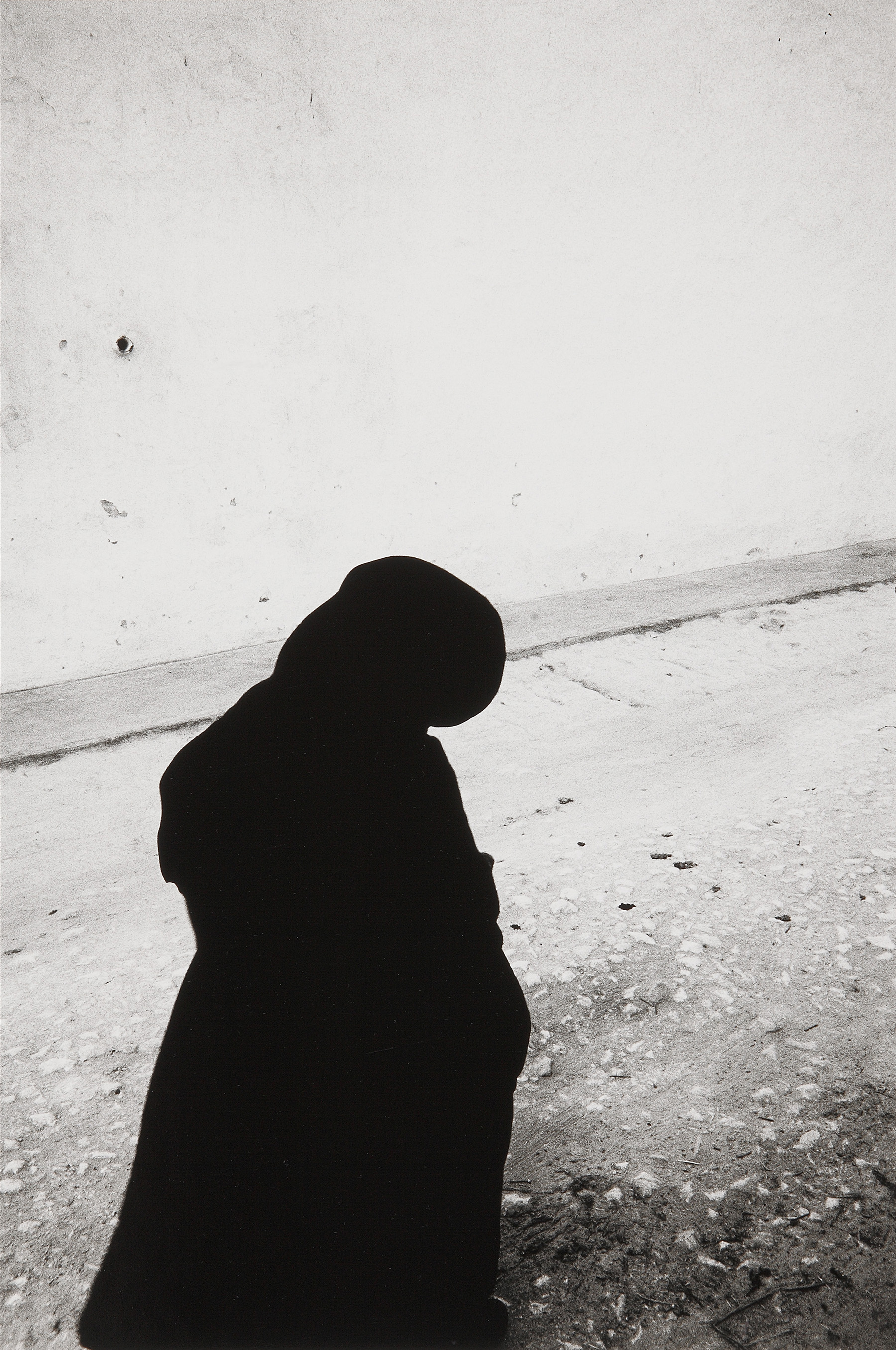 |
| Moral de Calatrava |
Spanish Photographers
Ramón Masats
Behind the bullfighters: Ramón Masats' unflinching look at 1950s Spain – in pictures
‘Masats, a man of few words, phlegmatic and stubborn in his convictions, coherent in his eye-heart connection, created a photographic legacy that is essential to understanding the development of graphic reporting in Spain.’
 |
| Casa de Campo, Madrid, 1959 |
‘Masats was determined to interpret the tourist cliches from a local vantage point. Silent irony to counter the censors.’
 |
| Mercado de San Antonio, Barcelona, 1955 |
San Antonio Market
‘Masats worked on assignments for Mundo Hispánico, Gaceta Ilustrada and the new Ministry of Information and Tourism. He poured all his photographic intensity into investigating what he called his homeland’s cultural cliches, such as popular rites and festivals, religious or folkloric. It was a different way of telling a story.’
 |
| Cádiz, 1963 |
‘The political regime’s secrecy and international obstinacy nurtured a view of Spain from the outside as an exotic country in thrall to a dictatorship where tourists would find exuberant landscapes brimming with Gypsies and bandits, bulls and bullfighters, guitarists and flamenco dancers, beaches and historical monuments under the sun at rock-bottom prices.’
 |
| Exportur, Madrid, 1965 |
‘Halfway through the 1950s, Ramón appeared in Madrid. He came from his birthplace, Catalonia, to carve a niche for himself as a professional photographer.’
 |
| Subasta benéfica. Bobby Deglané, Madrid, 1960 |
Charitable Audicion / Bobby Deglané in the Foreground
‘Travelling around a bleak, drooping Spain in the 50s was both a challenge and an opportunity for photography. The official tourist propaganda glorified the monumental stone structures while ignoring the common folk, and reporting, the new language to tell what the world was like, chose the human figure as the essential core of the story.’
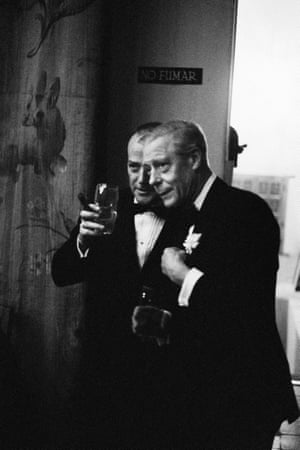 |
| Duke of Windsor Partyu in Antonio el Bailarín's House Madrid, 1961 |
‘In the second half of the 50s and throughout the 60s, a spirit of openness flourished in Spain, tentatively at first, unstoppably later, unleashed by the influence of tourism and the urgent need to emerge from the isolation of the Franco dictatorship, which had a political, social and economic stranglehold on the country.’
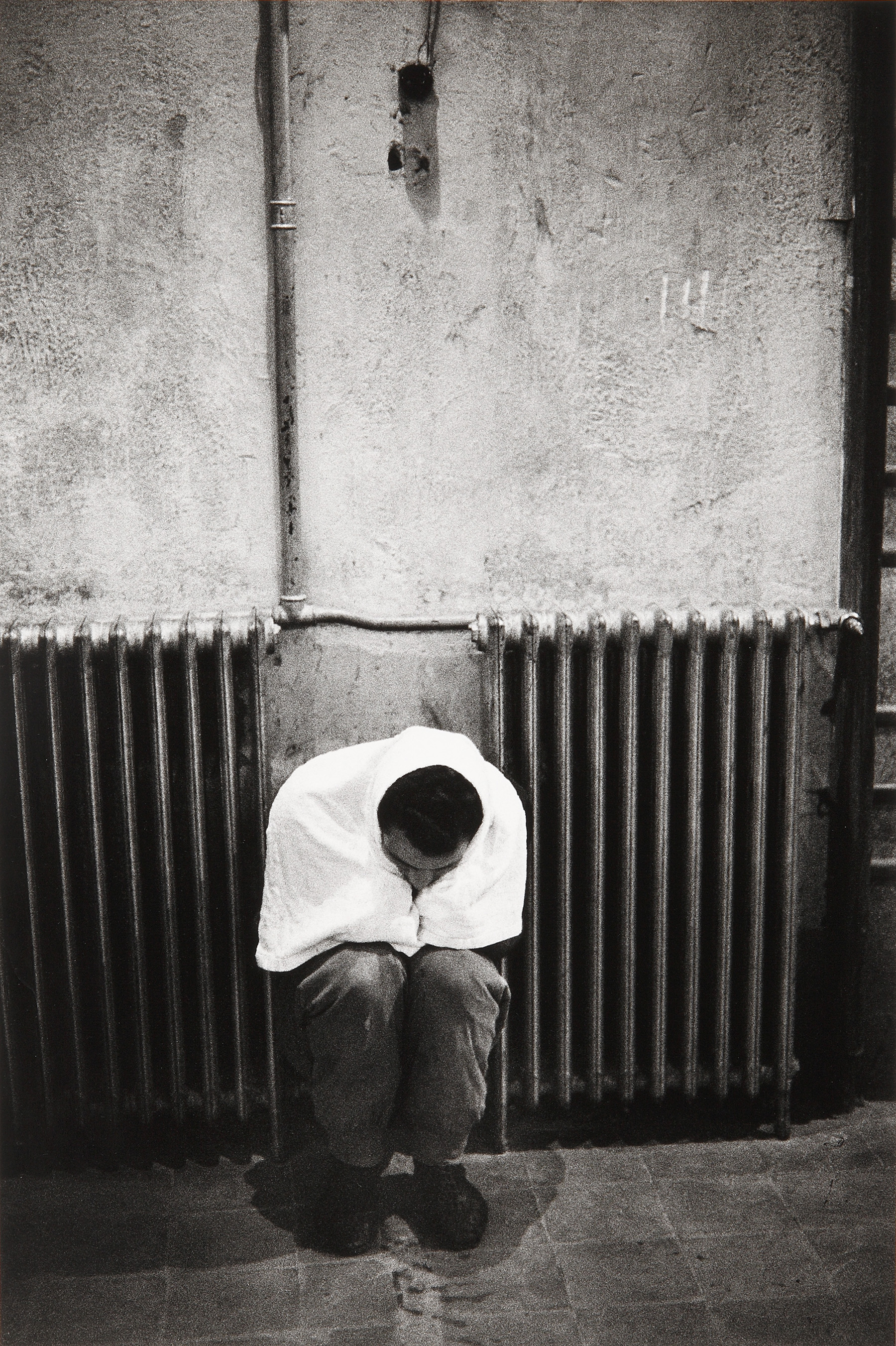 |
| Neutral Corner II, Madrid, 1962 |
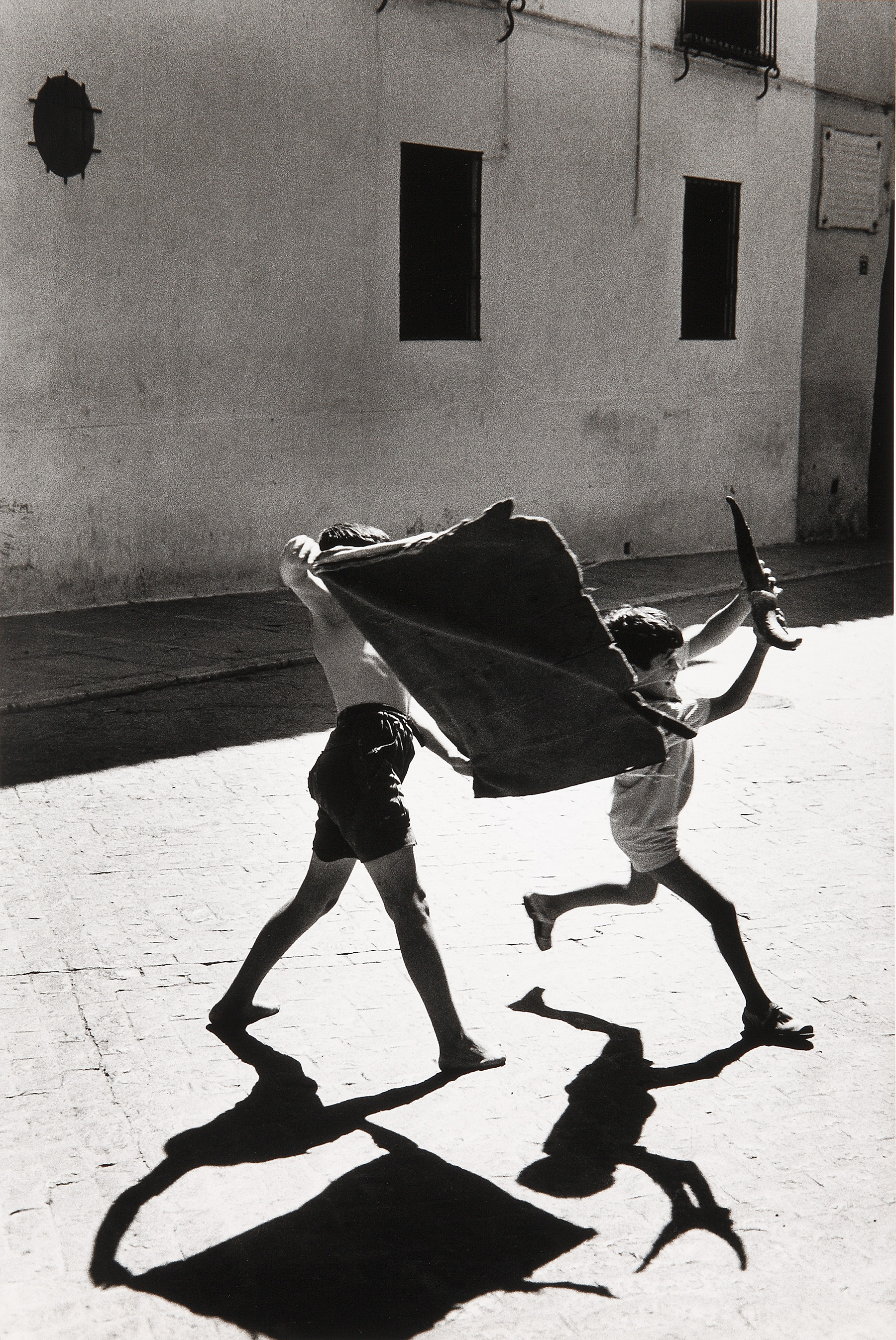 |
| Sanfermines, Pamplona, 1960 |
 |
| Tomelloso, Ciudad Real, 1960 |
 |
| Arcos de la Frontera, Cádiz, 1962 |
 |
| Jerez de la Frontera, Cádiz, 1963 |
Grape Harvest
‘This exhibition captures scenes from that time through the ironic, carefree, direct eye of the photographer.’
 |
| Cursillos de cristiandad, Toledo, 1957 Courses in Christianity |
 |
| Visita del presidente Eisenhower, Madrid, 1959 Visit by President Eisenhower |
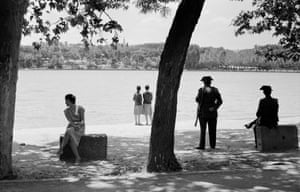 |
| Photo by Ramón Masats |
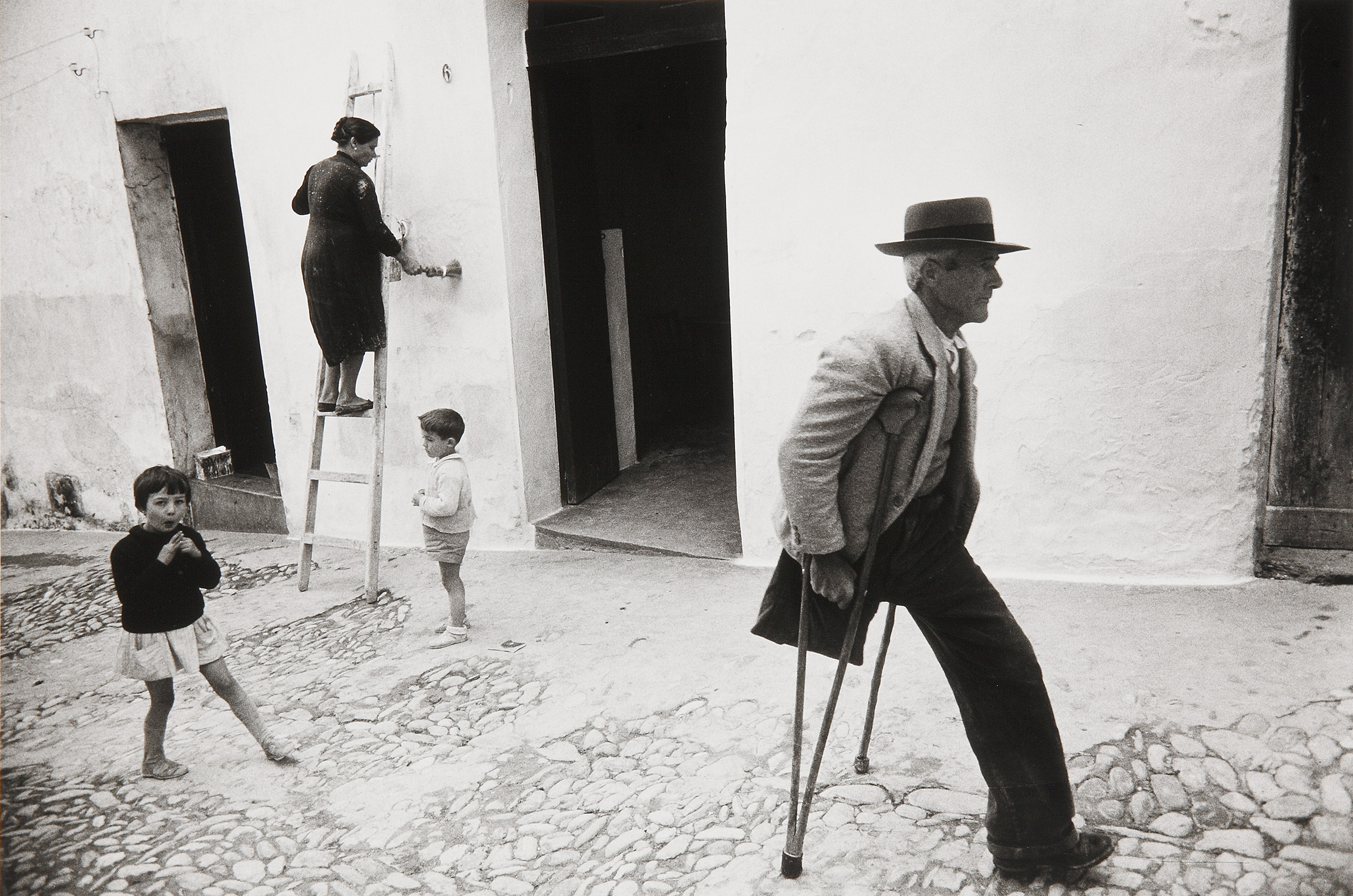 |
| Ibrique, Cádiz, 1957 |
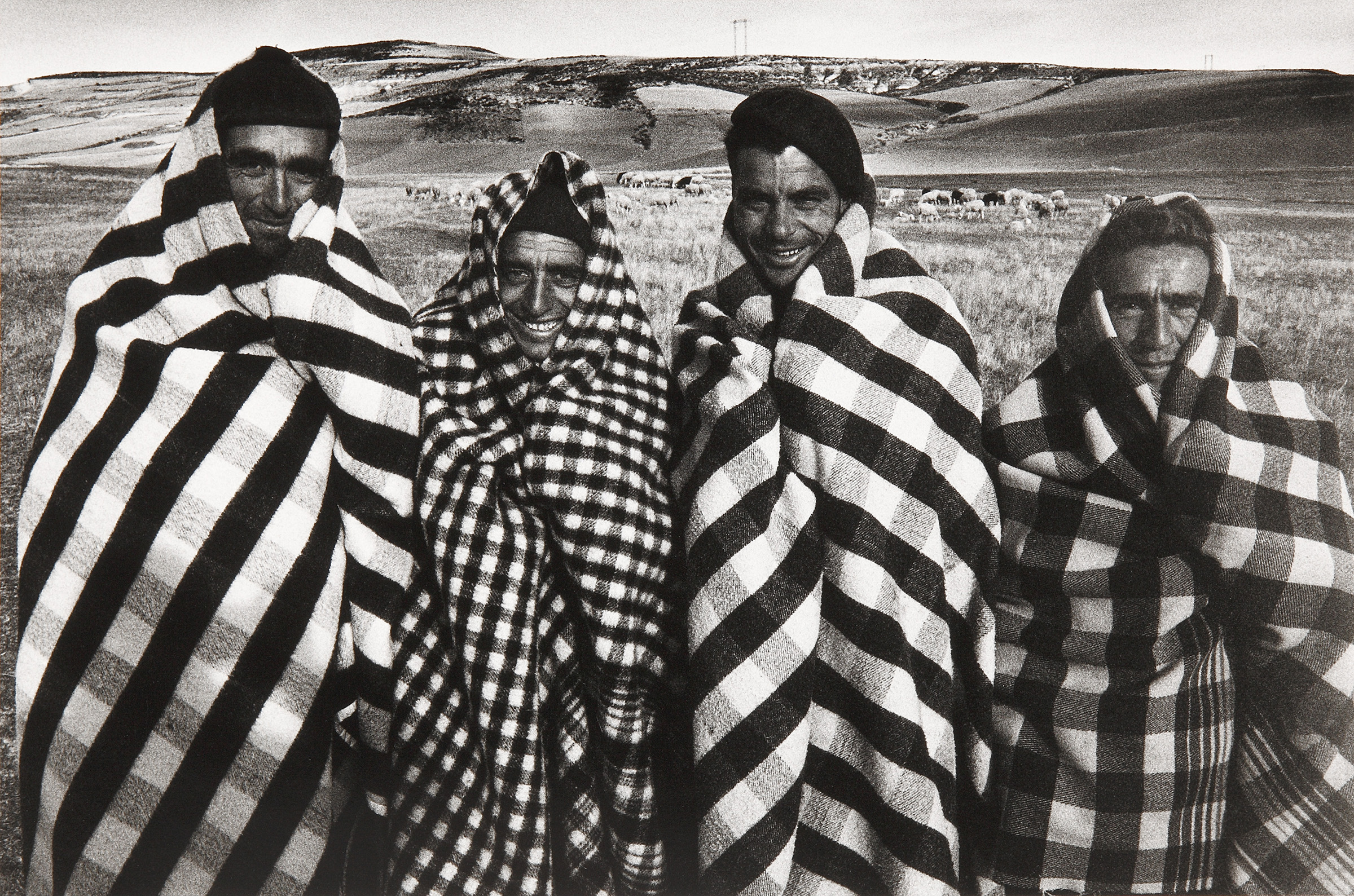 |
| Tierra de Campos, 1962 |
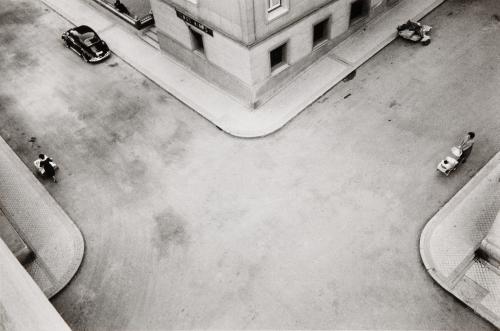 |
| Barrio de la Concepción, Madrid |
 |
| Seminario. Madrid, 1960 |
Seminary
The Ramón Masats exhibition, Visit Spain, is at PhotoEspaña 2020 until 10 October. The book is published by La Fábrica
The Ramón Masats exhibition, Visit Spain, is at PhotoEspaña 2020 until 10 October. The book is published by La Fábrica


No comments:
Post a Comment